Home / Albums / Tag Century:18th 171

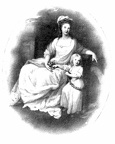 Carolina of Austria
Carolina of Austria CAESAR’S Camp called the Brill at PANCRAS.
CAESAR’S Camp called the Brill at PANCRAS.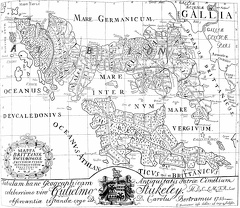 MAPPA BRITTANIÆ FACIE
MAPPA BRITTANIÆ FACIE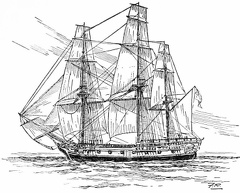 A Corvette of 1780
A Corvette of 1780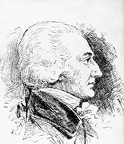 Nathan Read
Nathan Read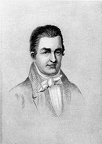 Oliver Evans
Oliver Evans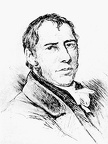 Richard Trevithick
Richard Trevithick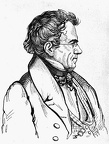 Thomas Blanchard
Thomas Blanchard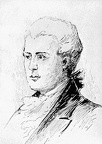 William Murdock
William Murdock 1797
1797 1799
1799 1799
1799 1799
1799 1798
1798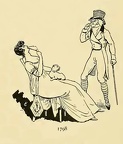 1798
1798 1798
1798 1799
1799 1799
1799 1799
1799 1797
1797 1797
1797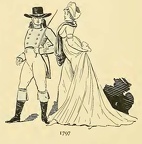 1797
1797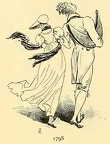 1798
1798 The first Switchback
The first Switchback Jane Austen
Jane Austen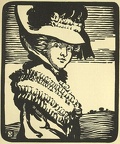 Fanny Burney
Fanny Burney Daniel Defoe
Daniel Defoe François René De Chateaubriand
François René De Chateaubriand Sir Walter Scott
Sir Walter Scott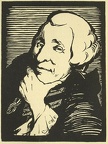 Tobias Smollet
Tobias Smollet Henry Fielding
Henry Fielding Dordrecht (dated 1702)
Dordrecht (dated 1702)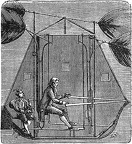 Blanchard’s flying-machine
Blanchard’s flying-machine Charles’ first hydrogen balloon
Charles’ first hydrogen balloon Montgolfier’s experimental balloon
Montgolfier’s experimental balloon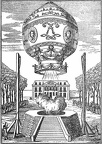 Montgolfier’s passenger balloon
Montgolfier’s passenger balloon Blanchard’s dirigible balloon, 1784
Blanchard’s dirigible balloon, 1784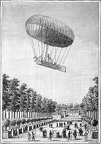 Robert Brothers’ dirigible, 1784
Robert Brothers’ dirigible, 1784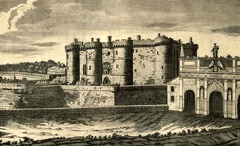 The Bastille
The Bastille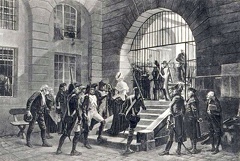 Marie Antoinette on the way to the Guillotine
Marie Antoinette on the way to the Guillotine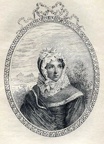 Madam Campan
Madam Campan Marie Antoinette and Louis XVI
Marie Antoinette and Louis XVI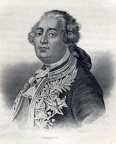 Louis XVI
Louis XVI Stock-Jobbing in the Palais-Royal
Stock-Jobbing in the Palais-Royal A game of Emigrette
A game of Emigrette In the Garden of the Tuileries
In the Garden of the Tuileries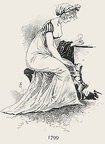 1799
1799 An appointment at the Cafe des Tuileries
An appointment at the Cafe des Tuileries 1798
1798 1797
1797 1806
1806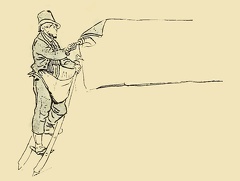 Banner
Banner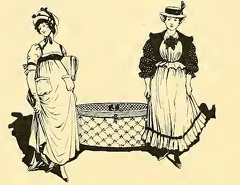 Two women
Two women Théâtre des Variétés
Théâtre des Variétés 1811
1811 Cossack Encampment on the Champs-Élysées
Cossack Encampment on the Champs-Élysées Skaters on the Reservoir at La Villette
Skaters on the Reservoir at La Villette At the Races on the Champ de Mars
At the Races on the Champ de Mars The Fountain in the Rue de Regard
The Fountain in the Rue de Regard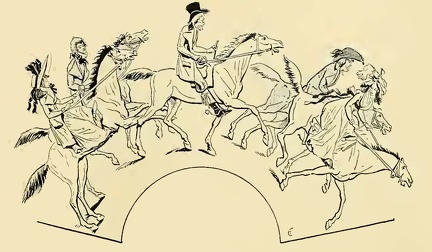 Riding in the Park
Riding in the Park



